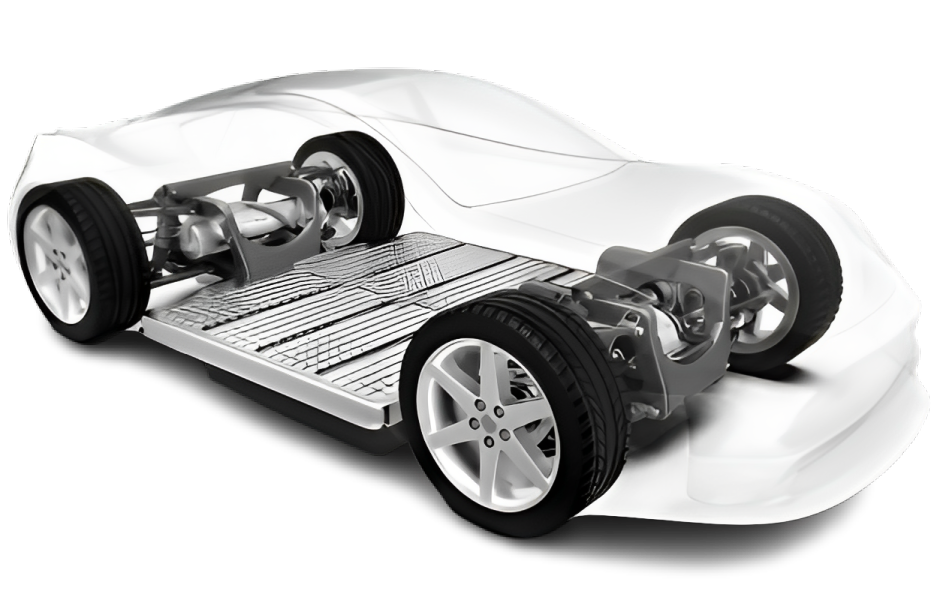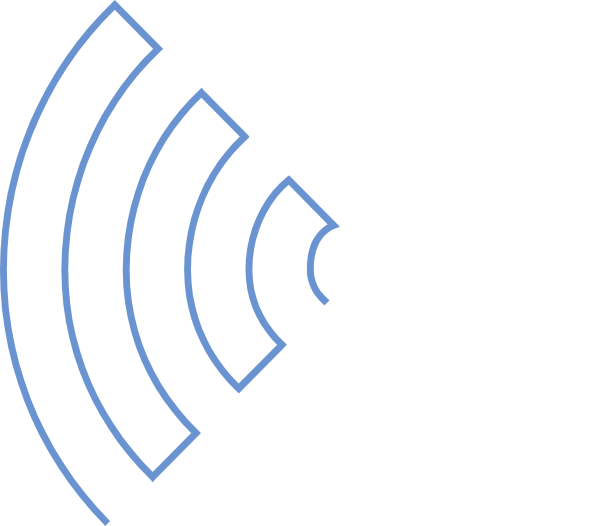
Battery Passport
Ultium Battery Passport
Explore the essential technical and environmental attributes of the Ultium Battery. Contributing to the broader goals of a greener future.
"Pushing the Limits of Transportation & Technology."
Powered by


Interested in creating and publishing your own verifiable Battery Passport?
Contact us or RCS Global for a personal demo of our Battery Passport management system.EV battery
An electric vehicle battery (EVB, also known as a traction battery) is a rechargeable battery used to power the electric motors of a battery electric vehicle (BEV) or hybrid electric vehicle (HEV). Electric vehicle batteries differ from starting, lighting, and ignition (SLI) batteries, as they are typically lithium-ion batteries that are designed for high power-to-weight ratio and energy density. Smaller, lighter batteries are desirable because they reduce the weight of the vehicle and therefore improve its performance. Compared to liquid fuels, most current battery technologies have much lower specific energy, and this often impacts the maximum range of all-electric vehicles. Unlike earlier battery chemistries, notably nickel-cadmium, lithium-ion batteries can be discharged and recharged daily and at any state of charge. Other types of rechargeable batteries used in electric vehicles include lead–acid, nickel-cadmium, nickel–metal hydride, and others.
Greenhouse Gas
Performance Category
A

CO2 footprint
200 kg CO₂ e
Child Labour
Score
86
Human Rights
Score
88
Basic Data
Manufacturer Identification
GM-LG Chem
Manufacturing Place
USA
Manufacturing Date
2021-02-14
Battery Category
EV
Battery Weight
454 kg
EU Declaration Of Conformity
Compliant
.d06b3e55.png)
Technical data
Part #
H8-AGM
SKU #
319459
Negative Terminal Location
Top Left Front
Reserve Capacity
160min
Terminal Type
SAE - Type A
Rated Capacity
230 Ah
Maximum Voltage
400 V
Maximum Permitted battery power
400 W
Minimum Voltage
260 V
Nominal Voltage
345 V
Battery Chemistry
NMC
Battery Unique Identifier
FF150LTG123
Original Power Capability
563 hp
ID Of EU Declaration Of Conformity
EC-67890
.d06b3e55.png)
Verify the product passport
You can download the product passport and verify it using the EECC VC Verifier (will open in a new tab)
Supported by

DID resolver kindly made available by Danube Tech.

Third Party Verifier kindly made available by EECC.
This Passport is following the Battery Pass Content Guidance.
Ready to innovate with your own verifiable Battery Passport?
Schedule a personal demo with us or RCS Global and take the first step towards managing your Battery Passport system!